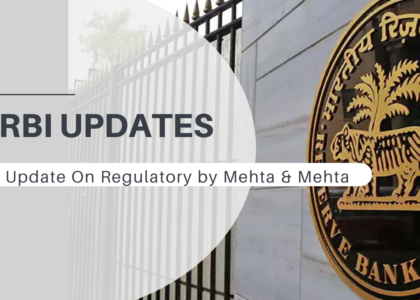Geo-tagging refers to capturing the geographical coordinates (latitude and longitude) of payment touch points deployed by merchants to receive payments from their customers. Geo-tagging has various benefits, such as, provide insights on regional penetration of digital payments; monitor infrastructure density across different locations; identify scope for deploying additional payment touch points; facilitate focused digital literacy programmes. Policy interventions for realising the above benefits will be facilitated by the information thus collected.
Digital payment transactions carried out by customers using payment touch points use two broad categories of physical infrastructure:Banking infrastructure comprising bank branches, offices, extension counters, Automated Teller Machines (ATMs) / Cash Deposit Machines (CDMs), Cash Recycler Machines (CRMs), micro-ATMs used by Business Correspondents (BCs), etc.Payment acceptance infrastructure comprising Points of Sale (PoS) terminals, Quick Response (QR) codes deployed by banks / non-bank Payment System Operators (PSOs), etc.
Use of geo-tagging to capture the locational data of acceptance infrastructure would be subject to the following guidelines:Banks / Non-bank PSOs shall capture and maintain geographical coordinates for all payment touch points.
Geo-tagging information in respect of the following shall be submitted to the Reserve Bank:PoS terminals (Mobile PoS, Soft PoS, Tablet PoS, Desktop PoS, Self-service Kiosk PoS, Android-based PoS term huinals, Non-Android-based PoS terminals with GPRS SIM Card-embedded, Non-Android-based PoS terminals with PSTN Line Connectivity, etc.); andPaper-based / Soft QR Codes (Bharat QR, UPI QR, etc.).
For futher https://www.rbi.org.in/Scripts/NotificationUser.aspx?Id=12260&Mode=0





